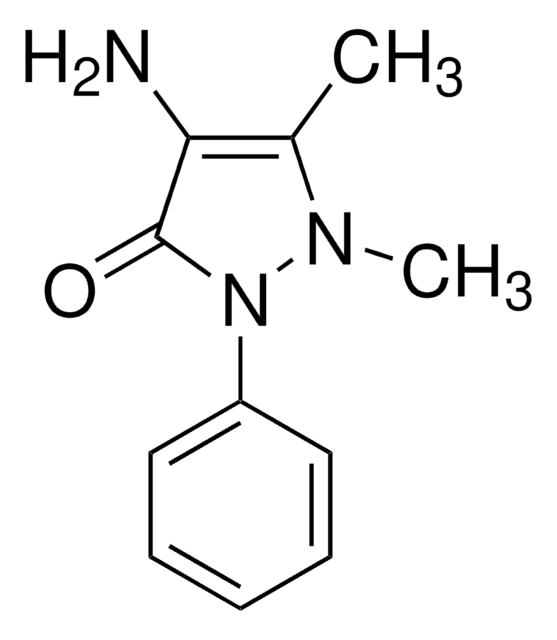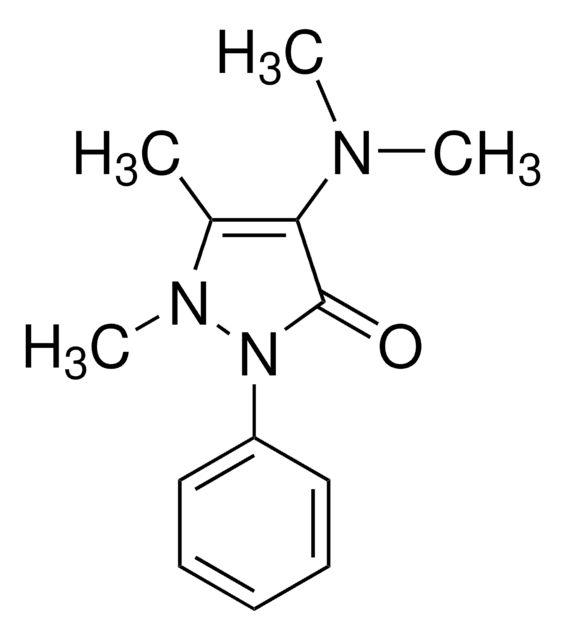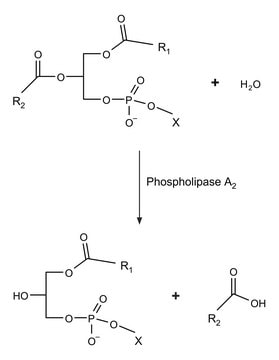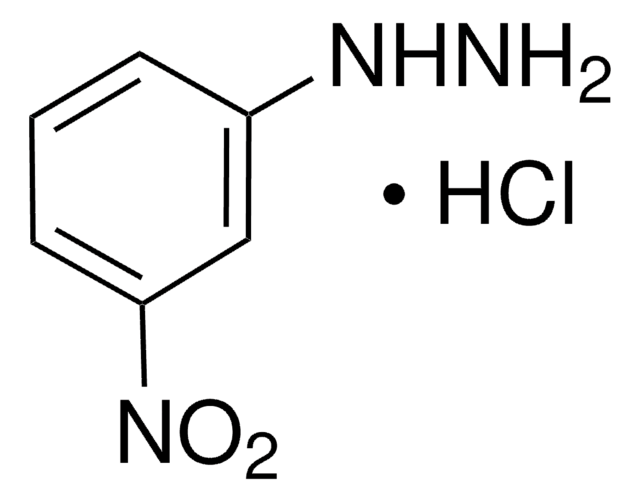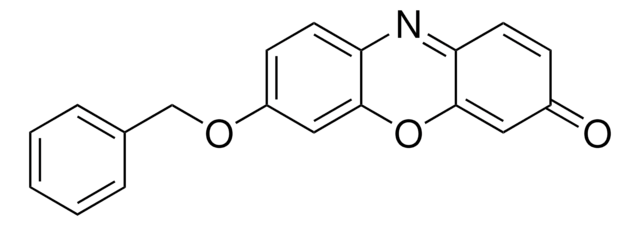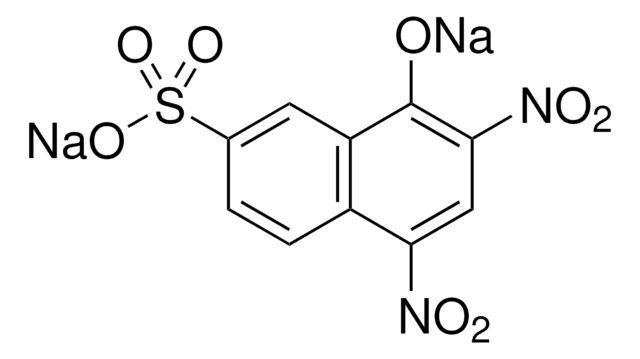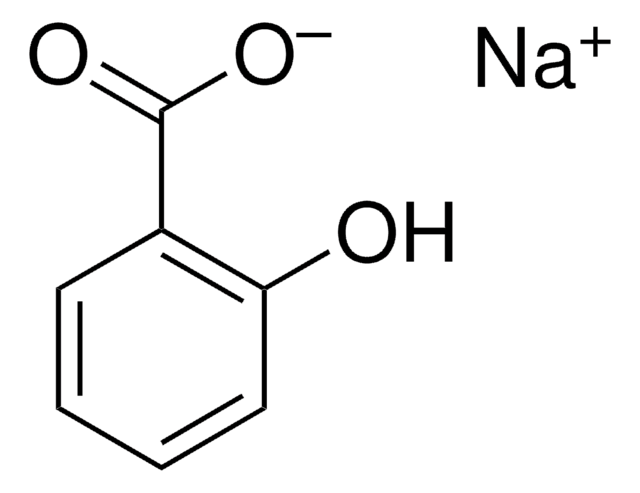D8015
4-Dimethylaminoantipyrine
reactive nitrogen species scavenger
Sinónimos:
4-Dimethylamino-2,3-dimethyl-1-phenyl-3-pyrazolin-5-one, Aminopyrine
About This Item
Productos recomendados
form
solid
mp
107-109 °C (lit.)
SMILES string
CN(C)C1=C(C)N(C)N(c2ccccc2)C1=O
InChI
1S/C13H17N3O/c1-10-12(14(2)3)13(17)16(15(10)4)11-8-6-5-7-9-11/h5-9H,1-4H3
InChI key
RMMXTBMQSGEXHJ-UHFFFAOYSA-N
¿Está buscando productos similares? Visita Guía de comparación de productos
Application
Biochem/physiol Actions
signalword
Danger
hcodes
Hazard Classifications
Acute Tox. 3 Oral - Eye Irrit. 2 - Skin Irrit. 2 - STOT SE 3
target_organs
Respiratory system
Storage Class
6.1C - Combustible acute toxic Cat.3 / toxic compounds or compounds which causing chronic effects
wgk_germany
WGK 3
flash_point_f
Not applicable
flash_point_c
Not applicable
ppe
dust mask type N95 (US), Eyeshields, Faceshields, Gloves
Certificados de análisis (COA)
Busque Certificados de análisis (COA) introduciendo el número de lote del producto. Los números de lote se encuentran en la etiqueta del producto después de las palabras «Lot» o «Batch»
¿Ya tiene este producto?
Encuentre la documentación para los productos que ha comprado recientemente en la Biblioteca de documentos.
Los clientes también vieron
Nuestro equipo de científicos tiene experiencia en todas las áreas de investigación: Ciencias de la vida, Ciencia de los materiales, Síntesis química, Cromatografía, Analítica y muchas otras.
Póngase en contacto con el Servicio técnico